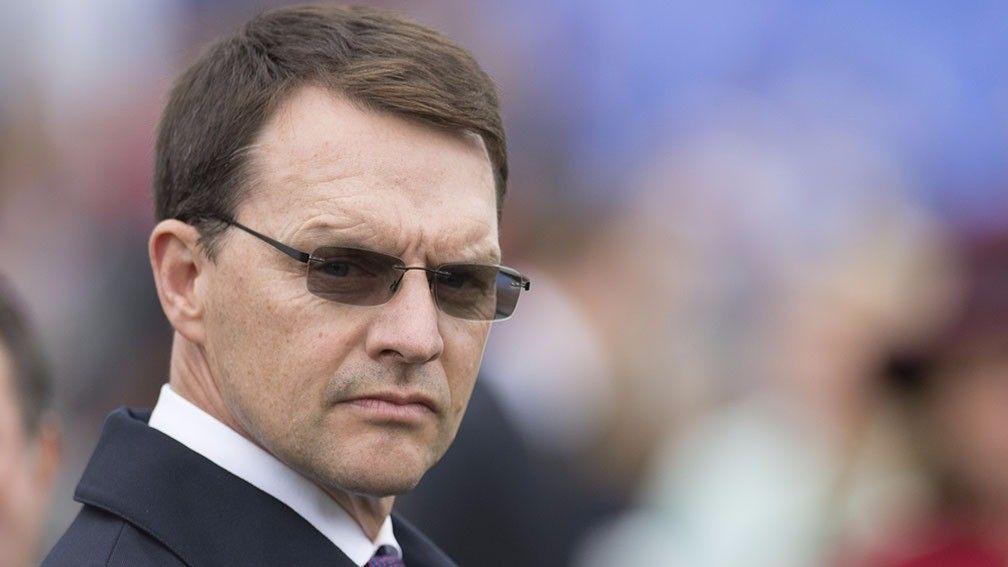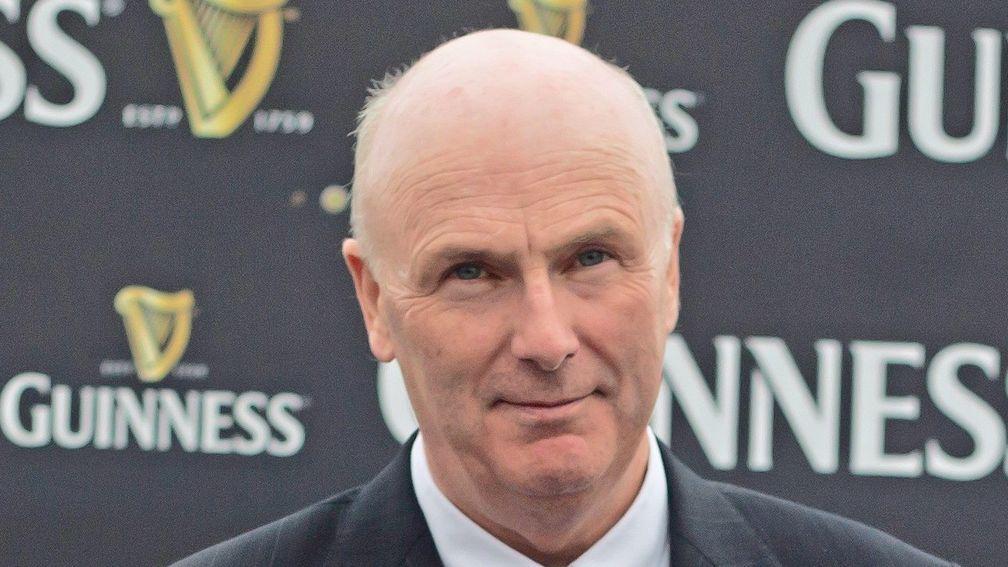Ireland's horsemen rally amid opposition to controversial rule

The Irish Racehorse Trainers Association and the Irish Jockeys Association are to meet to discuss mounting concerns over how the controversial rule 212 is being interpreted by the Turf Club.
The rule, which has been in force since being amended in January, centres on a horse being run and ridden to achieve its best possible placing in a race and to be seen to have done so.
In the highest-profile case since the introduction of the new-look rule, Aidan O'Brien and Wayne Lordan lost their appeals against the penalties imposed on them at Dundalk on March 31 after Music Box finished third in a mile maiden, beaten a length and a nose.
The appeals against the €2,000 fine imposed on O'Brien, the five-day ban received by Lordan and a 42-day ban on Music Box were dismissed by the Appeals Committee of the Turf Club on Monday.
Organising a meeting
O'Brien, who described the outcome, as "disappointing " and the rule as "hard to understand and very confusing", had nothing to add on the matter on Tuesday.
Michael Grassick, chief executive of the Irish Racehorse Trainers Association, said: "We'll be organising a meeting with the Jockeys Association to see what might be done to clarify what is a very grey area.
"It's all about interpretation, but all horses are different. Some can take a vigorous ride and others cannot and this would certainly apply to a filly having her first race."

Commenting on the situation, Andrew Coonan, secretary of the Irish Jockeys Association, said: "I've been in contact and have had preliminary discussions with Michael Grassick and we will be meeting with the IRTA and then, hopefully, with the Turf Club to tease out our concerns about how the rule is being interpreted.
"We're particularly concerned about how the rule is impacting on jockeys and their obligations under the amended rule compared to what applied before it was introduced in its current format.
"We held our AGM last week and Paul Murtagh, the Turf Club's head of raceday operations, spoke to the members about many issues including the requirements for jockeys under rule 212. We need to get further clarification from the Turf Club."
Denis Egan, chief executive of the Turf Club, said: "The major change to the rule is that not only must riders obtain the best possible placing, but they must be seen to do so. That is the essential difference and it would appear many trainers haven't really understood the change.
"Most trainers are complying with the rules, but it's going to take time for it all to bed in. I expect the number of cases to fall as people become more familiar with the changed situation."
WHAT IS RULE 212?
Often referred to as the non-triers' rule, it covers running and riding inquiries, the ultimate objective of which is to ensure all horses run on their merits.
Why is everyone talking about it?
It was comprehensively reconstructed following a raft of high-profile failures by the Turf Club to make convictions stick under the original version.
When did the new incarnation come into practice?
January 20.
So, what's different?
The revised rule runs to 1,400 words, in contrast to 200 previously, and has been broken up into four sub-sections for different categories of infringement. That allows the regulator greater flexibility, and this fluidity is what defines the new rule as a whole.
What are the four sub-sections?
The first part deals with blatant non-triers; the second with less clear-cut cases whereby a genuine attempt to obtain the best possible placing is not evident; the third caters for instances of schooling in public and horses running in a condition that would have precluded them from performing to its optimum level; part four deals with negligent rides in which a jockey makes a professional error.
Is there a particular game-changing element?
There is. Previously, the word 'seen' didn't appear in the ruling, whereas now it features on four occasions. In short, jockeys have to be seen to make a real and timely effort to obtain the best possible position, so that "a reasonable and informed member of the racing public" can be assured a horse has run on its merits.
Why else is this important?
Apart from connections trying to achieve a favourable handicap by concealing a horse's true potential, it means "educational" runs that might previously have been deemed acceptable by many within the industry are no longer passable. Every horse must be given a proper drive.
Does that mean jockeys will be harder on horses?
It certainly shouldn't. There is no stipulation for a jockey to hit a horse, but they are compelled to give it a vigorous ride, so the sort of sympathetic handling of old could be no more.
Dundalk Stadium – Light Up Your Night Maiden result and analysis
Published on 11 April 2017inNews
Last updated 18:09, 11 April 2017
- Merci Olivier! No final winner for Olivier Peslier but the world of racing unites in saluting the end of a great career
- The latest edition of the Racing Post is available to read online now - here's how you can access it
- How Smart View recorded a 76 per cent profit at the Cheltenham Festival
- Smart View is available on the Racing Post app - how to read the revolutionary new racecard
- Levy reform talks 'accelerating' as clock ticks down to April deadline for agreement
- Merci Olivier! No final winner for Olivier Peslier but the world of racing unites in saluting the end of a great career
- The latest edition of the Racing Post is available to read online now - here's how you can access it
- How Smart View recorded a 76 per cent profit at the Cheltenham Festival
- Smart View is available on the Racing Post app - how to read the revolutionary new racecard
- Levy reform talks 'accelerating' as clock ticks down to April deadline for agreement